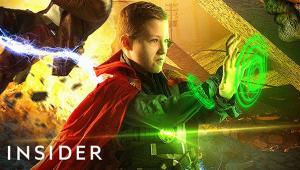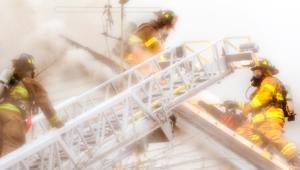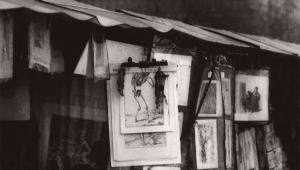Self-Publishing Your Photos: An eBook Collaboration

I never thought I’d be this old,
I knew I’d never be quite bold,
When I was tossed out in the cold
And tried to live what I’d been told.
But I was never very sold
On doing me in another’s mold,
So soon I found a pot of gold
On being banned far from the fold,
Refusing expectations some might hold.
Well here I am; a man in full.
And, Yea tho I walk thru the valley of a shadow of a doubt, I am certain of one thing:
None of us is anywhere close to where we imagined we’d be by now.
Sometimes that is a let down,
And sometimes it’s a gift,
But mostly it’s a lesson:
A way to tell if you’re comin’ or goin’.
All Photos © Jim Lynch
Turns out that was the easy part. Little did we know then that we had started off a collaboration that would result in our first book entitled Synergy. In no small way our friend and pro bono graphic artist Laslo Szekely knitted the two art forms together.
We wanted to tell this story to Shutterbug readers to encourage them to consider self-publishing. Oh, you may have slammed together a “book” from a photofinishing vendor, but have you considered eBooks? Do you have a portfolio that deserves a wider audience? You can make it complex like we did and design two-page spreads to showcase two art forms, or keep it simple with minimal text and minimal design. You may want to examine collaboration with other photographers or other artists working in different mediums.
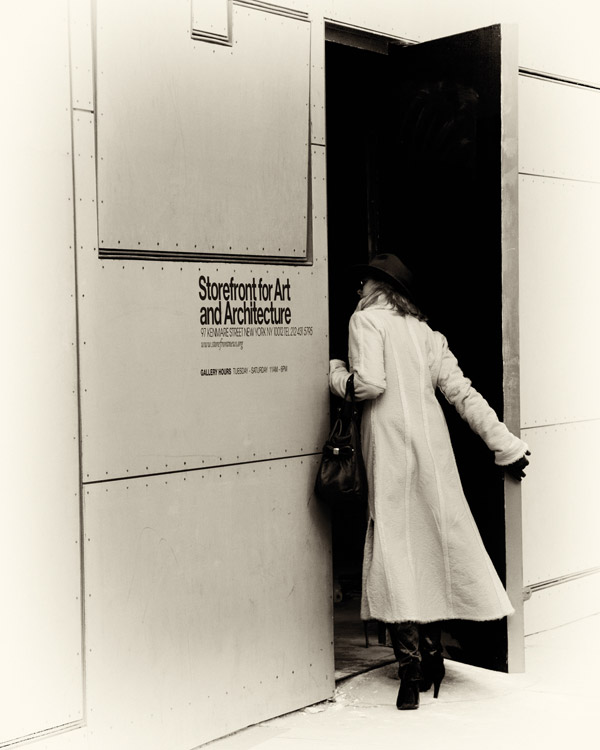
It’s good to explore other worlds,those with which youmight not be familiar.
Be an explorer; be an adventurer. When you open doors into the unknown, what you find may open other doors you didn’t even know existed.
Dress up for no one but yourself. Take the ferry this time. Talk to a stranger. Boldly cross some new threshold.
The new world you enter will expose you to new experiences, but will also be transformed itself because it now has you in it.
Imagine the possibilities.
Any Internet search will yield a plethora of self-publishing “how to’s”—we won’t bore you with all of that now. We do however encourage you to explore some turnkey solutions like BookBaby and our choice for special formatting, eBook Architects. These vendors can provide you with very cost-effective rate packages that will get your eBook in print rapidly. The task of marketing your book will be yours, as it is for most print publishing these days anyway.
You most likely already have some design templates from Photoshop or Photoshop plug-ins. Since Photoshop was initially developed (and remains) a graphic arts program, many of you have already learned how to make borders and frames—resulting in a wide variety of traditional black or white frames, to ornate frames, to grunge, or even a vintage look. The once-maligned “clip art” world has morphed into inexpensive downloads of graphic elements from vendors such as iStockphoto.com or free downloads. Tastefully applied, your photographic art can really pop on the page with the judicious use of an occasional graphic element, or even just a typeface surprise.
You may recall the days of the VHS vs. Beta video format war—well, these days eBook publishing is a battle royale of epic proportions. File formats are proprietary to the Kindle or Kobo or other readers. We chose to go exclusively with Apple’s iTunes Store because we wanted maximum flexibility for the reader to zoom in on text (some of David’s essays were a bit long, necessitating small font sizes). Should you stick solely with your photography, then perhaps only a caption is the necessary text.

In the proper light I reveal my charm.
Should you consider collaboration with other artists? Complicates things, doesn’t it? Will it compromise your photography or complement it? Neither of us had ventured down this road before. What got revealed in the process was the unexpected “push” working jointly can provide. When you are working alone there is a tendency to get tunnel vision, to see and think only along whatever line you begin with. To put it another way, you tend to believe your own lying eyes, to listen only to the voices in your head. When you bring and bounce your work off another person, you can often end up in unexpected territory, or with a totally different concept than you began with.
The first photos chosen were often devoid of any people. As we worked together we realized that the photos had to be expanded beyond this architectural bent and different types of images emerged. In other words, the collaboration yielded more ideas and richer results.
On the writing side, much of the initial text was interpersonal, but the images forced a look at the external world where all the personal stuff lives and gets used. So each of us were having a subtle but profound effect on the other, and over time the results showed in the project as it evolved.
Artists have worked solo for years, in fact most probably prefer it that way. The point here is that collaborating can take you out of your comfort zone enough to allow you to “see” differently. It’s just another way to do it.
One more result worthy of mention came to the fore. Initially, photos were sent to David and he tried to fit them to things he had already written. Sometimes this worked very well, but it soon became evident that he would have to write new pieces from scratch. Then he turned the tables and sent written pieces so that pictures would be made that captured the essence of the writing. This, at first, initiated a search through years of work to find pictures already made to find a “fit,” but then new pictures had to be created as well. This showed how difficult, and how rewarding, it can be to be handed an idea or a concept to work with that is not necessarily yours, but yet search within yourself for a means to make it your own. Both of us were surprised by the unexpected direction the other took each one’s work.
Again, while our story is all about collaboration and two art forms playing off of each other, you may want to just go it alone. In today’s era of entrepreneurial spirit, high technology, speed and variety of communication, and a book publishing world stood on its head, you can call many of your own shots. Think about it—better yet…go for it!
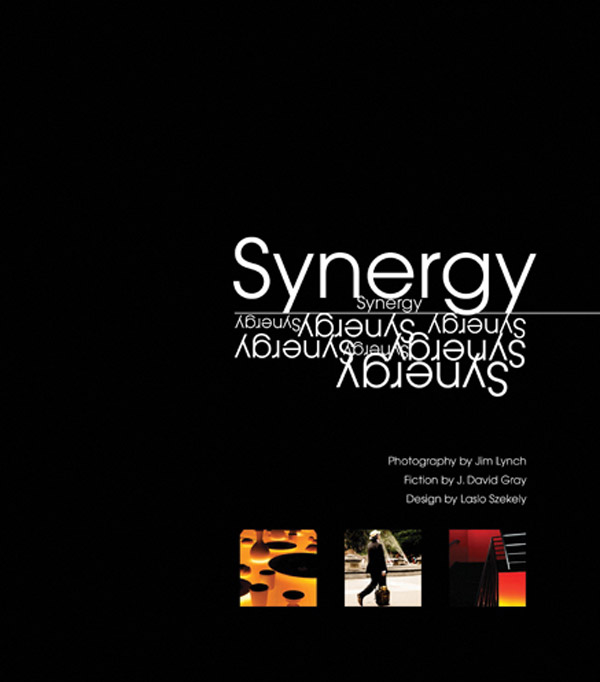
Where To Buy
Synergy, by Jim Lynch and J. David Gray, is available from the iTunes Store, under the Art & Architecture category, for $4.99.
- Log in or register to post comments
